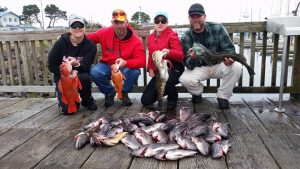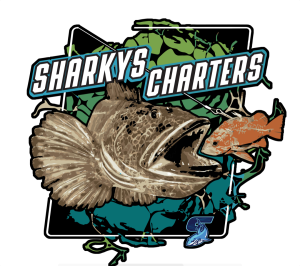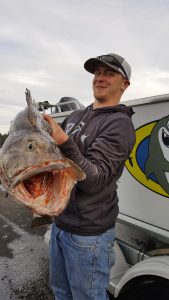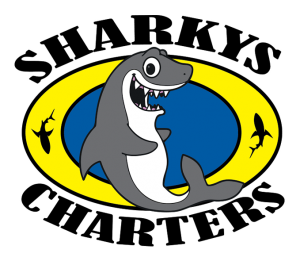Just like the lyrics 1980’s pop song, “Futures So Bright I Gotta Wear Shades”, the future of “bottom fish” can be described like this; things are going great and they are only getting better (can you hear the harmonica blaring in the background?). Increased bag limits, extended seasons, and relaxed regulation all bode well for the recreational offshore angler in Oregon. It wasn’t like this for bottom fishing in the not so distant past. Unregulated commercial fishing and a poor understanding of the fishes biology nearly wiped out entire populations of bottom fish. Now with strict management, a healthy ocean, and better science the sport fishing off the Oregon coast has returned to being a world class destination for fishing.
If your not a local and accustomed to the local slang you might be wondering what exactly is a bottom fish? A “bottom fish” is a broad and somewhat dull term used to describe a multitude of fish species found near the Pacific coastline. These nearshore species include rockfish, lingcod, halibut, and sculpins. Some species of rockfish are vibrantly colored, and are anything but dull! A great example of this beauty would be the Tiger Rockfish, aptly named for its brilliant orange body and black tiger like vertical stripes, any angler would be stunned to see this appear at the end of his line. These fish species typically orient to geographic features associated with bottom structure, hence the name bottom fish. Rock,mud,sand are all habitats that “bottom fish” inhabit off the coast of Oregon. Most of these fish species occur in the nearshore and continental slope habitat within 5 miles of the coast. Depths that fish occupy include very shallow to depths unreachable with traditional fishing tackle. Most of the recreational fishing off the Oregon coast for bottom fish is done in depths from 50 feet to 300 feet out of ports that have rocky reefs nearby and are easily reached by small recreational fishing boats. The Port of Charleston happens to be located in one of these prime locations in Oregon to catch bottom fish. The port has a safe deep bar crossing, cozy accommodations for overnight travelers, and world class charter fishing services.
Many local and travelling anglers choose to go with charter fishing guides to benefit from the local knowledge that these fisherman have earned through years of experience on the fishing grounds. Charter boat captains must prove there knowledge to the US Coastguard through rigerous examination prior to being allowed to take passengers out to fish on the sea. The bottom fishing trips are usually offered year round with the months of May-September being the calmest seas. After a short 30 minute ride to the reef anglers can expect to catch limits of rockfish in the 2 lbs. to 5 lbs. class, lingcod upto 40 lbs., and halibut upto 125 lbs. Fishing in Oregon rivals any experience you might have had in Alaska, and is second to none in my opinion. The daily bag limits for fish are always changing but as of this year we can keep 7 rockfish, two lingcod on the typical bottom fishing trip. These strict limits help protect the fishery for future generations and quality of fishing. However the take home of fish is quite generous and equates to on average 10-15 lbs. of fillets, perfect for making fish and chips for upto 30 of your hungriest friends.
So if your ready for an adventure or just want some really good eats consider going bottom fishing on your next vacation. Its not the lowly fish that its name implies. It should be called “action fishing” because that is what you will have fishing out of Charleston, Oregon! Its a fishing experience for the whole family on the Oregon Coast.




